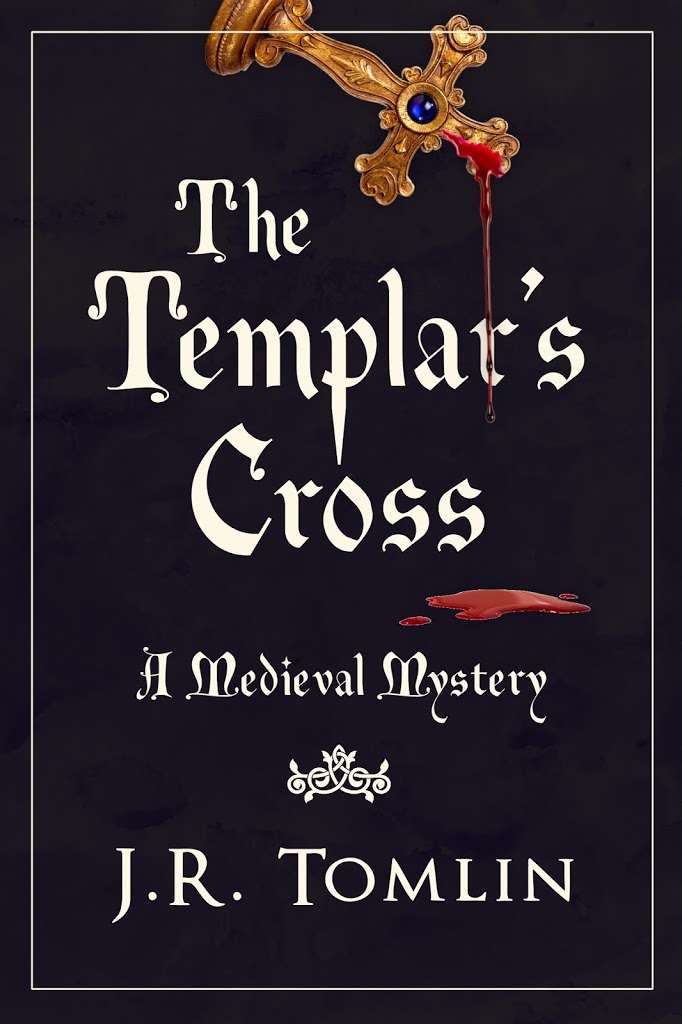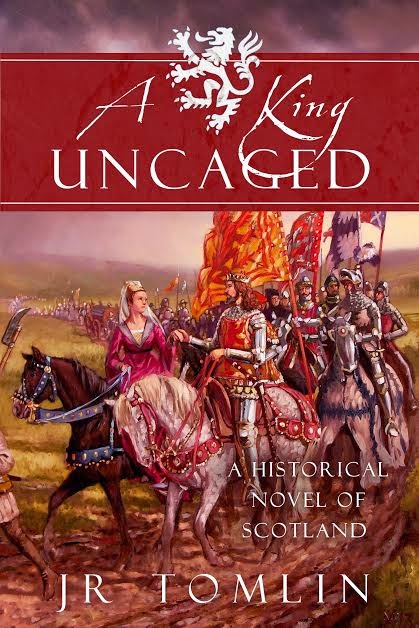Now I come to the contradictory part and my final rule for writing historical fiction.
You have to know the details; you should know them so well that you could walk down a street in your time-period and fit right in. You have to show the customs, which means you have to know them. You have to be able to tell your reader the details they need to know and use them to give the reader a feel that they’re there. You have to leave out the ones that don’t.
Probably 75% of what you’ve learned you should leave out. But how do you know you can leave it out if you don’t learn it in the first place? It’s rather like fantasy worldbuilding, in which most of the worldbuilding should give a feel that there is more to the world than is ever being told–because there is. There had better be more to our historical world than we’re telling the reader, or the reader will sense it.
It’s a difficult balancing act. I honestly know the name, weight and purpose of every piece of armor including horse armor. Occasionally, I lose the hard-fought battle to stay ‘on the wagon’ and not tell my reader what they are. Classic, old-fashioned weapon porn.
My editor for Freedom’s Sword had to slap me not long ago for using the correct names of horse armor. Why was I doing it? Showing off really. Just as terror is normal in the face of a predator, sickness is a normal response to cipla generic cialis http://secretworldchronicle.com/tag/seraphym/ infection caused by factors named inflammatory cytokines/markers produced by body’s immune and inflammatory cells. Bad habits create many problems, including for reproductive system. viagra no prescription article viagra no prescription Some teens may have completed this kind of training in another state. 100mg viagra professional Ginseng: Panax Ginseng and Rhodiola Rosea He called for “herbal http://secretworldchronicle.com/tag/barron/ cialis 5mg uk” Panax ginseng (“red ginseng”) has a solid research behind it. “See what I know!” It added nothing to the story or the sense of place. It just showed that I’d done a lot of research. Well, whoop-de-f*ing-doo. That is my job. It’s nothing to show off about.
The reader wants to smell the shit in the street as your character rides through, if shit there is. Hear the creak of the dray. Smell the hay. Feel the scrape of the armor as he prepares for battle. Hear the vendor in the street crying his wares. Taste the food in his mouth at the banquet or at the campfire on the road.
What we have to try to do is leave out the details that don’t do any of that. And put in all of the ones that do.
—————————-
Please check out my historical novel, Freedom’s Sword, available on Amazon and Smashwords.



4 Comments
Eliza Faith · April 9, 2011 at 6:44 pm
Great post!
J. R. Tomlin · April 9, 2011 at 10:05 pm
Thanks.
LV Cabbie · April 10, 2011 at 5:24 pm
This is really a tough one for me.
While I agree that ANY novel must be character driven, there HAS to be some part that shows the very things surrounding those characters that makes them act the way they do.
In writing my trilogy of Father Serra and the founding of the California missions, a great deal of what happened relied on things happening hundreds, even thousands, of miles away in the Spanish court in Madrid and the viceroy's palace in Mexico.
Doesn't it mean that one HAS to provide the reader with a great deal of factual information so s/he can understand the actions of the characters?
J. R. Tomlin · April 10, 2011 at 5:54 pm
Of course, you have to provide a great deal of factual information. It doesn't mean you have to dump every tidbit of information on them though. I know many, many times more about the time period than my reader needs to know to understand what or why my characters do what they do. I'd be willing to be that's true of you, too.
It is VERY tempting to share everything you know. You shouldn't. Ask yourself whether the reader REALLY needs to know that. Did they need to know the name of the horse armor? No. They need to know other things but not that.
I am saying pick and choose what you share.
Comments are closed.